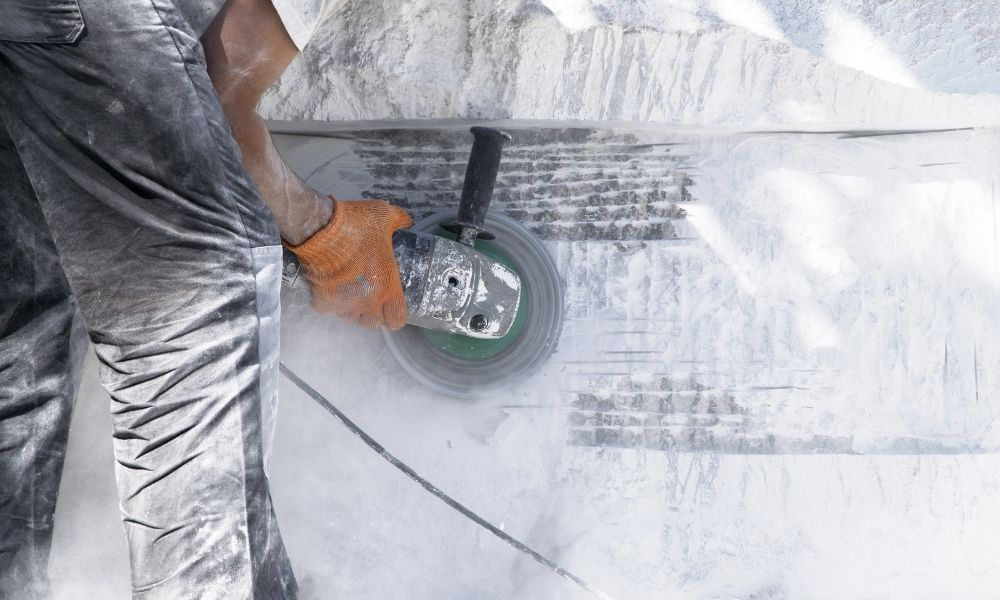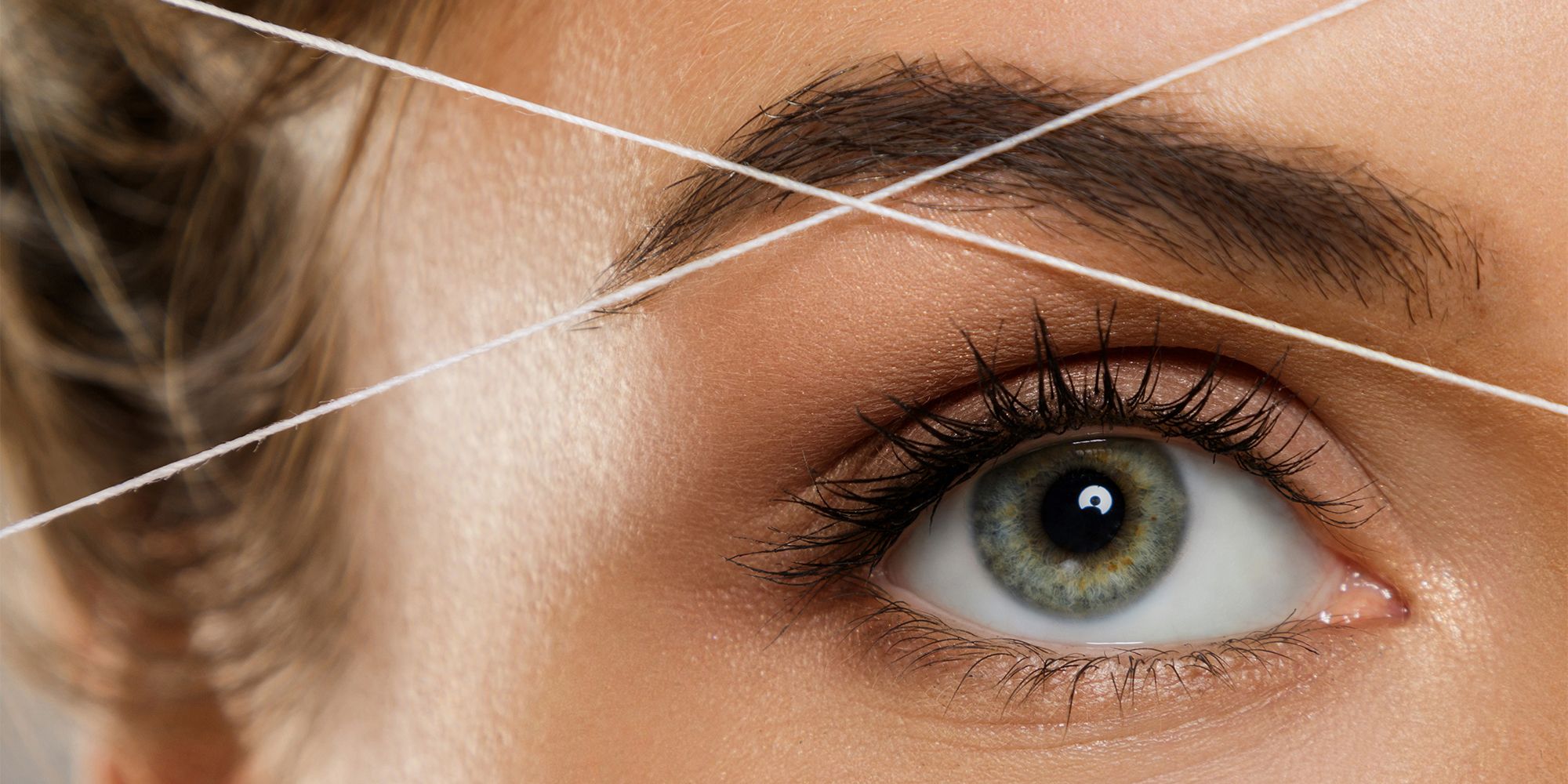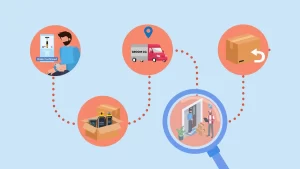How to Choose the Right Concrete Grinding Contractor
Concrete grinding is becoming more popular among business owners and property managers. The size and scope of these jobs may vary, but the end result is usually similar: an improved surface ready for various applications. You’ll want to hire a concrete grinding contractor if you are in charge of a surface preparation project. They will get the job done on time and within budget.
Concrete flooring is a popular alternative to traditional types of floors. The demand has exploded, leading to a large number of companies that will bid on these jobs. This blog will explore how hiring an experienced professional to help with your concrete flooring project can save you from some of the common pitfalls.
Concrete Grinder: The Process
Concrete is the most popular building material due to its strength and versatility. Concrete is a natural product and, despite its durability, it will eventually degrade. There are also many decorative options that can turn your space into something extraordinary. Performance can be the primary driver when aesthetics is not the priority. Industrial coatings can be tailored to meet your specific needs.
Concrete grinding involves the use of specialized abrasive equipment to create a tailored, smooth finish on your surface. You will usually get a much smoother finish when you grind your concrete than you would if you shot blasted or scarified it. For decorative purposes, grinders are superior to scarifiers because they don’t leave ridges in your concrete surface. Grinders are also useful for removing dirt, grease and industrial contaminants. They can correct spelling, help create level joints and eliminate high spots. Grinders can also be used to remove coatings and eliminate chemical etching.
By removing any materials that are stuck to the surface, you can create a uniform base for polishing, staining, or applying Concrete Sealer. You could end up with an unfinished, uneven surface if you try to polish it before the surface is free from imperfections and even. A Concrete Contractor in Los Angeles with experience can help. Concrete grinding can be done by a professional who will evaluate your current surface and confirm the hardness.
Concrete Grinder has horizontally rotating discs that have different attachments. These vary in type and grit depending on the application. In general, the older floors are softer, and newer ones are harder. The rotary motion of a concrete grinder is designed to polish your concrete surface and not abrade it. The grinder can be used to expose the aggregate in softer concrete. This can be flattened or polished before applying an epoxy or industrial coating.
Two types of grinders are available: handheld and walk-behind. Some walk-behind grinders can grind up to 32 inches in one pass. Handheld grinders can be used in smaller spaces such as near walls or corners. These units are also capable of removing bumps, graffiti and other surface irregularities.
The crews use discs of progressively finer grit to grind the floor multiple times until it is ready for polishing. When another pass is needed, or when the floor is prepared for the final grit, a trained eye will be able to tell. Grinding concrete is a long process. However, cutting corners can compromise the quality of your work. Concrete grinders must only be operated under the supervision and certification of concrete contractors. It is best to choose a concrete grinder that has all of their own equipment. This will prevent any unexpected surprises on the job.
The role of Concrete Grinding Diamonds in Surface Preparation
The success of any surface prep project is dependent on the use of synthetic diamonds. Concrete grinding diamonds come in many shapes, sizes and strengths. The size is determined by the mesh number or grit. A large diamond will have a low number (18/20), whereas a smaller diamond will have a higher number (80/100, or 170/200 for example). Smaller diamonds can be used to polish or hone your surface, while larger diamonds expose the aggregate. As you begin to prepare a surface for polishing, a 30/40 grit will be a good starting point. 18/30 grits are better for aggressive grinding while 80/100 grits are best for polishing.
The diamond tools that perform the cutting and sanding of your surface are suspended within a matrix, called a “bond”, which is made of metal, resin or plastic. Over time, the bond will break down exposing new diamonds. It is important to consider the composition of the bond, as your grinder will work best if the diamonds are constantly exposed. Soft-bonded diamonds work best on hard surfaces, while hard-bonded ones are better for softer surfaces.
Your concrete grinding contractor will need to be prepared for some initial experimentation. This is why they should have a range of grits in at least three different bonds. They can then determine the best combination that suits your needs. Diamond tools of high quality are an investment that concrete flooring contractors should make. Using the right diamonds can help you avoid problems that could lead to a shorter life span for your flooring, as well other unwanted outcomes.
Why Do You Need to Grind Concrete Floors With a Hand Grinder?
Concrete grinding is more difficult near edges, corners, and other places where walk-behind machines are not practical. Angle grinders that can be used by hand are able to profile vertical and horizontal surfaces, and crews can work with concrete sections up to 5 or 7 inches wide. These grinders have a single diamond grinding cup wheel and are lighter and more portable than larger models. These grinders come with dust shrouds that make cleaning easier. These models are intended for flush-edge grinding. These tools are also useful for polishing concrete floors , leveling surfaces and removing coatings.
Concrete grinding can be tedious in these difficult-to-access areas. Contractors who have less experience can end up with floors that look different near walls and posts because the grinding paths are not matching. It’s crucial to hire a concrete contractor who has experience working in industrial environments.
What You Need to Know About Wet vs. Dry Grinding and Polishing
Contractors use both dry and wet techniques to polish concrete. Water is used to cool down the diamond abrasives and remove the dust generated by grinding. Water can extend the life of abrasive products by acting as a lubricant. This is especially true for resin-bonded disks that may melt at high temperatures. Wet grinding can be messy. This process produces slurry, which must be removed by the crews. This can prolong the project and add downtime.
Concrete grinding contractors can use dust-containment equipment if they choose to dry polish. This technique, which does not require water, is usually used to remove the most concrete at the start of a project. As the concrete becomes smoother, crews can switch from metal-bonded diamonds to resin-bonded abrasives. Contractors may choose to use resin-bonded abrasives that are intended for dry polishing in some cases. This allows the process to run without adding water.
Concrete grinding can be a messy job. Using an experienced concrete contractor can help you minimize the mess and increase productivity.








Post Comment